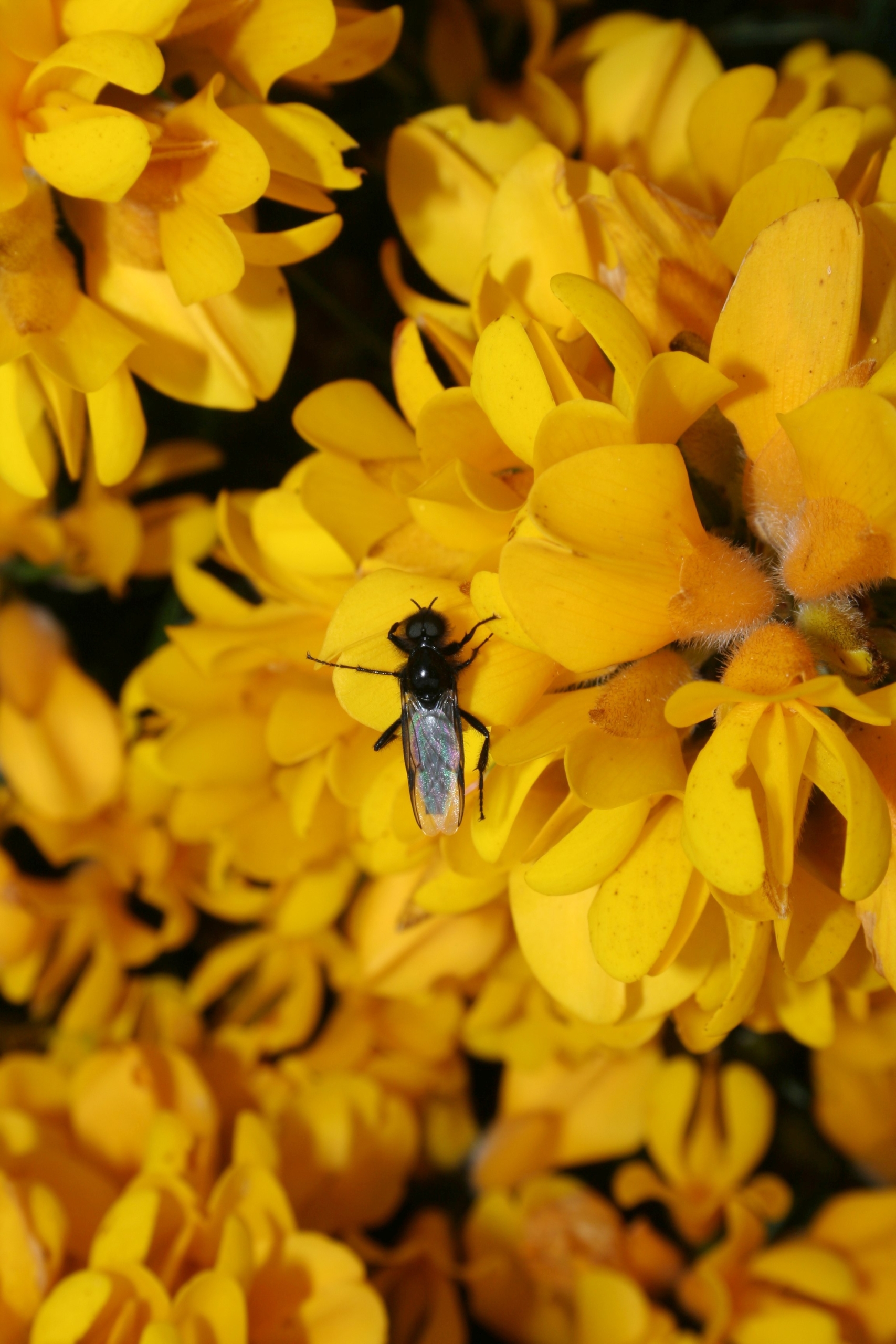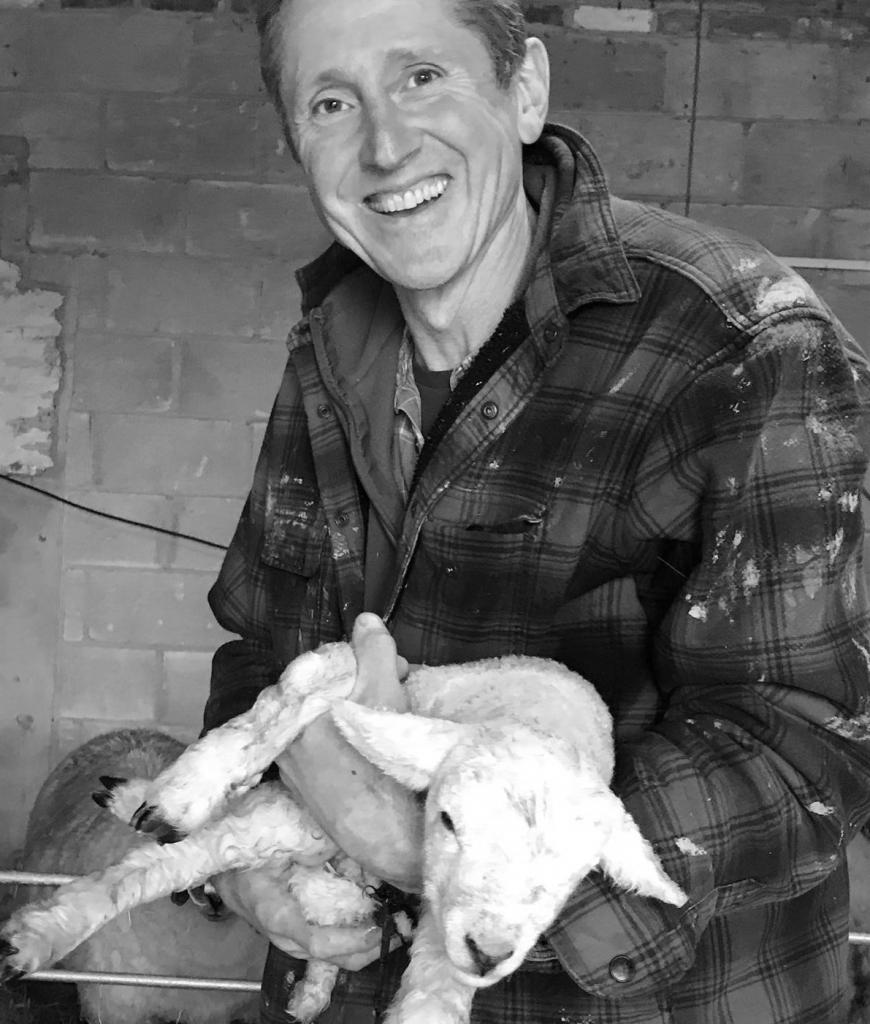What do you know about plant-based veterinary uses? Can you help?
Can plants still be used as veterinary treatment of animals or is this old tittle-tattle? That is the question we want to help answer. It’s not just about recording old practices before it is lost (although that IS important), but also attempting to help make farming a little more sustainable and, potentially, reduce the excessive use of antibiotics.
As an ethnobotanist and farmer, I am interested in these uses. Earlier this year whilst in Costa Rica, I was stung by a stingray. Incredibly painful! A woman offered me a bath made from the leaves of a vine that grows on the coast, and it reduced the pain. I subsequently discovered that the same plant was also used by Aborigines in Australia, for the same use.
In the British Isles, local farmers and vets used to use plants to treat their livestock. Information was passed from one generation to the next, and often was not written down. How much of the knowledge now remains in the population?
Traditionally, for example, elder was traditionally used as a medicine to treat foot-rot in cattle (Norfolk), comfrey to treat coughs in cattle (Cumbria), and foxglove to treat mange or fleas in dogs (Gloucestershire). The use of wild or cultivated plants as animal medicines (ethnoveterinary use) is common across the world. For many years, scientists have collected information from farmers in India, Ethiopia and Uganda, for example, and have studied the effect on treating animals with these plants.
The Ethnoveterinary Medicine Project, established by the Royal Botanic Gardens, Kew, aims to record the remaining knowledge, from across the British Isles, before it disappears. Some data has already been collected from the past. However, we also want to interview rural people for existing knowledge.
Duncan Matheson, from Kyle of Lochalsh, explained that the rosebay willowherb (Chamaenerion angustifolium), which used to be rare, is now extremely common. “The root is very valuable if you boil it down, particularly for healing wounds on horses. Horses are extremely delicate: cuts and saddle burrs are very difficult to correct. But this stuff is particularly good for it.”
Similarly, wild plants used as feeds were thought to influence the health, behaviour or flavour of the meat or milk. Tufted vetch (Vicia cracca) was used in the past as a fodder plant in South Uist, and it was said that a cow that ate well on this plant would ‘take the bull’ more easily, and earlier in the season. On the Isle of Colonsay, sea plantain (Plantago maritima) was thought to improve the cream and butter yield of cows and was also gathered as food for domestic rabbits. Kate Anne MacLellen, from North Uist, explained that in the past they would boil cow tang (Pelvetia canaliculata), a seaweed, in large pots with potatoes, ears of corn and sometimes oatmeal. “If you had a cow that calved, it would leave the milk rich and more abundant as well. They also used to give it to the young beasts, and they would get this lovely sheen off their coats.”
During the project we will be collecting data through websites, letters to local newspapers, agricultural and veterinary communications and subsequent interviews of knowledgeable people. We need to record this information, which forms part of the traditional rural culture, before it is lost.
This knowledge could be used practically in animal management (livestock, pets) to improve their health and the economy. Over-use of antibiotics in veterinary use, for example, can generate antibiotic resistance in bacteria. Finding new plant-based treatments could also help support Soil Association Organic standards which restrict the use of antibiotics and veterinary medicinal products for preventive treatments. Some companies in Britain are already supplying plant-based treatments for animals, including nettle (Urtica dioica), plantain (Plantago major), eyebright (Euphrasia officinalis), elderflower (Sambucus nigra) and thyme (Thymus spp.).
If you have any information about ethnoveterinary medicines, feed supplements or other information relating to plants/fungi and animal health from the British Isles, please contribute by sending an email to ethnovet@kew.org. Or alternatively, write to William Milliken, Royal Botanic Gardens Kew, Wakehurst Place, Ardingly, RH17 6TN.

William Milliken writes of himself: “I am a scientist, studying ethnobotany at Kew. This has meant working with indigenous people in the Amazon, recording medicinal plants. However, I also researched useful plants in Scotland, and one of my greatest achievements was Flora Celtica, because people seemed to enjoy reading it! As well as working for Kew, I and my wife Rachel started to manage a farm in Sussex in 2016. Never having farmed, this was a fast learning course. We got a grant to restore broken-down fences, lay the hedges and manage the fields with very low input. We now have saddleback pigs, sheep, chickens, ducks and bees. Having studied the use of plants for treating livestock in Scotland (as part of a wider survey), and now having a farm which we want to make sustainable, I wanted to find out what knowledge still existed (and how it could it be used).”
Header image shows bog-bean (Menyanthes trifoliata) – used in the Hebrides (Scotland) to unblock calves’ stomachs. Credit: William Milliken

